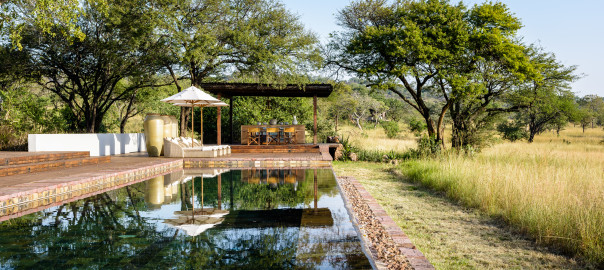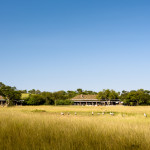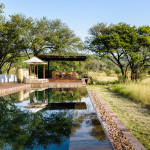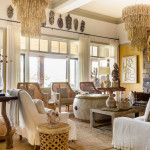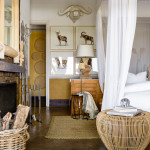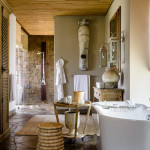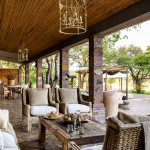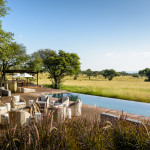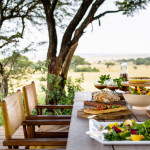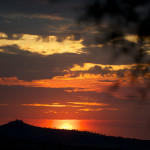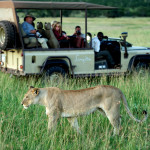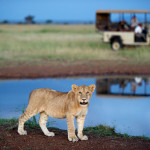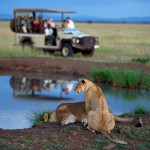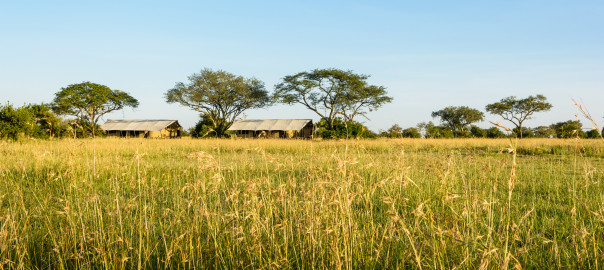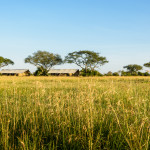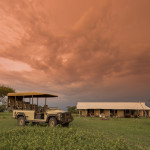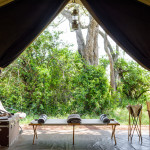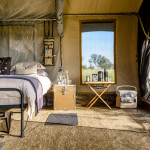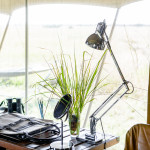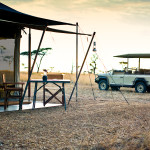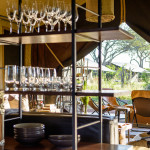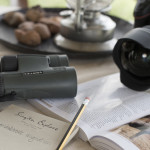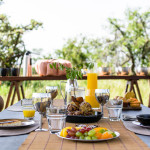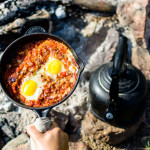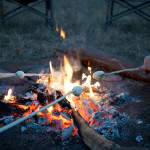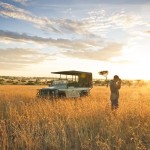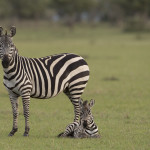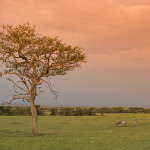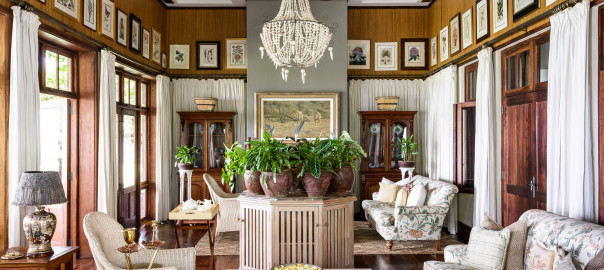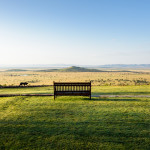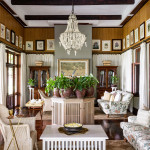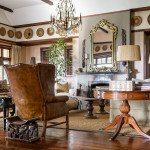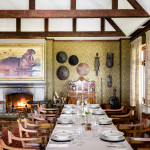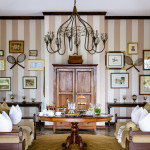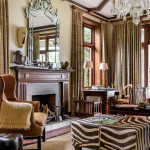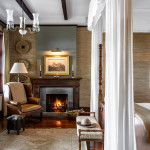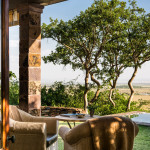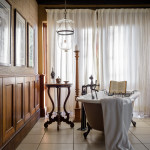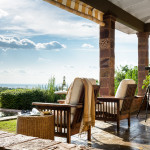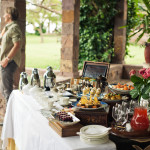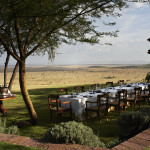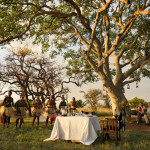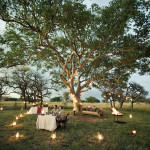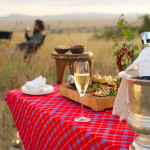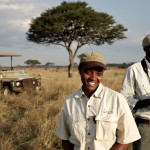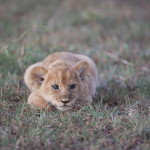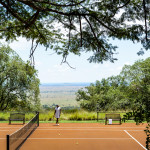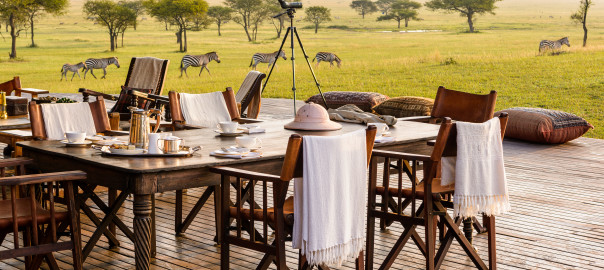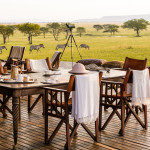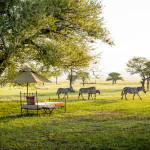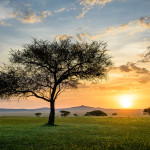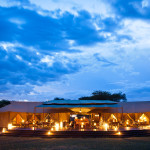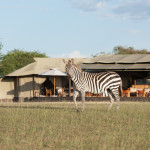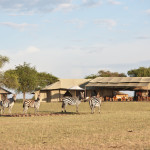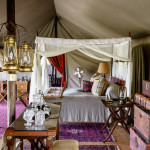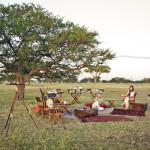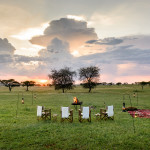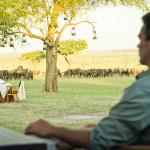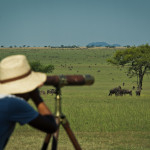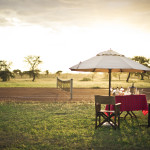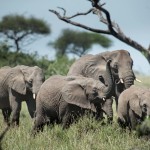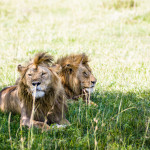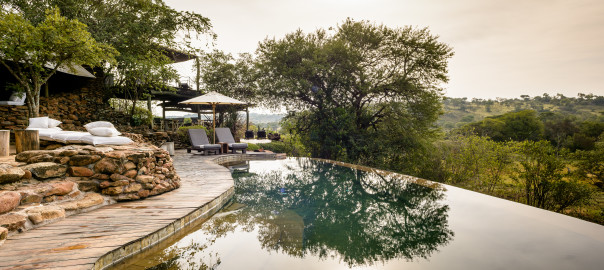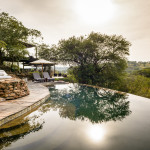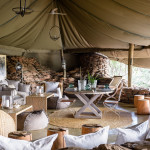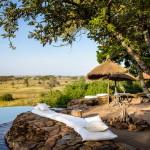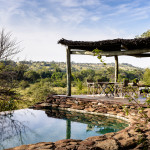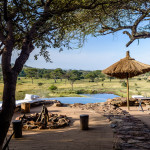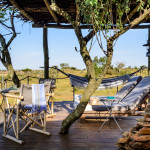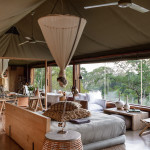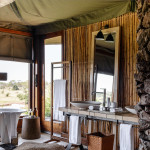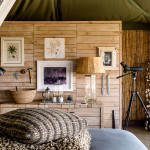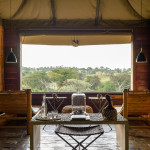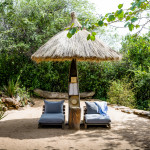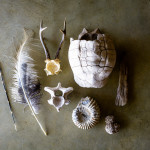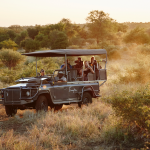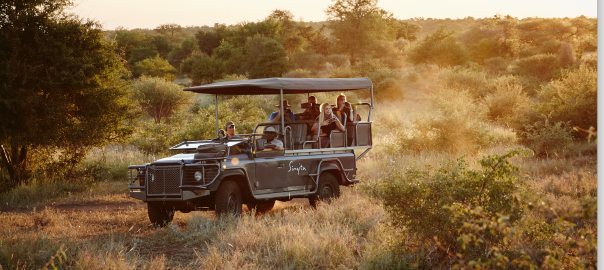When you say you want to visit Africa, it is like saying you want to visit Asia. There is so much diversity that it would be a shame to bundle them together as one. However, no matter where you go, you will find a commonality: a striking beauty whichever direction you go.
To help you narrow down the infinite options of wildlife spotting, see below by country the best time to go, wildlife to see and what to pack.
Best time to visit by country:
Tanzania: Dry season between June and October. June and July are best to see the wildebeest migration
South Africa: Dry season between May and September
Botswana: Dry season between June and September
Kenya: July to November, January and February
Zambia: Dry season between May and September
Zimbabwe: Dry season between May and October
Best parks to visit by country:
Tanzania: Serengeti, Ngorongoro Crater, Lake Manyara and Grumeti
South Africa: Kruger National Park, Sabi Sands and Royal Natal National Park
Botswana: Okavango Delta, Moremi and Chobe
Kenya: Masai Mara, Amboseli, Lake Nukuru, Tsavo East National Park and Namunyak Wildlife
Zambia: Victoria Falls, Kafue National Park, Banweulu Wetlands, Lower Zambezi and South Luangwa
Zimbabwe: Matobo National Park, Mana Pools and Somaliza Camp
Wildlife by country:
Tanzania: Elephant, giraffe, hippo, buffalo, zebra, wildebeest, lion and hyena
South Africa: White rhino, elephant, giraffe, hippo, buffalo, zebra, wildebeest and lion
Botswana: Elephant, giraffe, hippo, buffalo, zebra, lion, leopard and hyena
Kenya: Wildebeest, elephant, giraffe, hippo, buffalo, zebra, lion, leopard and hyena
Zambia: Elephant, giraffe, hippo, buffalo, zebra, lion and hyena
Zimbabwe: Wildebeest, elephant, giraffe, hippo, buffalo, zebra, lion and hyena
Recommended immunization by country:
Tanzania: Malaria. CDC does not recommend yellow fever vaccine for most travelers to Tanzania. However, you might consider this vaccine if you are staying a long time or will be heavily exposed to mosquitoes.
South Africa: None. There is no risk of yellow fever in South Africa. The government of South Africa requires proof of yellow fever vaccination only if you are arriving from a country with risk of yellow fever. Malaria is not very common.
Botswana: Malaria. There is no risk of yellow fever in Botswana. The government of Botswana requires proof of yellow fever vaccination only if you are arriving from a country with risk of yellow fever.
Kenya: Malaria and yellow fever. Yellow fever is a risk in certain parts of Kenya, so CDC recommends the yellow fever vaccine for travelers 9 months of age or older to these areas.
Zambia: Malaria. CDC does not recommend yellow fever vaccine for most travelers to Zambia. However, you might consider this vaccine if you are staying a long time or will be heavily exposed to mosquitoes.
Zimbabwe: Malaria. There is no risk of yellow fever in Zimbabwe. The government of Zimbabwe requires proof of yellow fever vaccination only if you are arriving from a country with risk of yellow fever.
Countries to avoid: According to the US travel warnings the following countries are not recommended to visit at the moment.
Libya, Kenya, Lesotho, Guinea, Chad, Burundi, Eritrea, Somalia, CAR, Cote D’Ivoire, Nigeria. Algeria, Sudan, Republic of Sudan, Congo, Mali, Mauritania and Niger.
What to bring:

